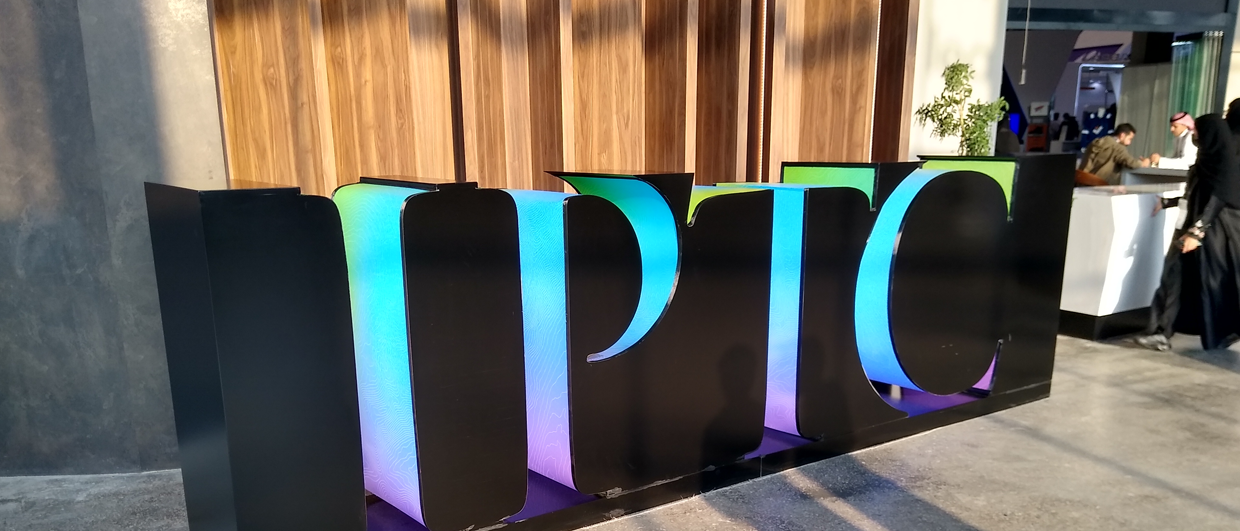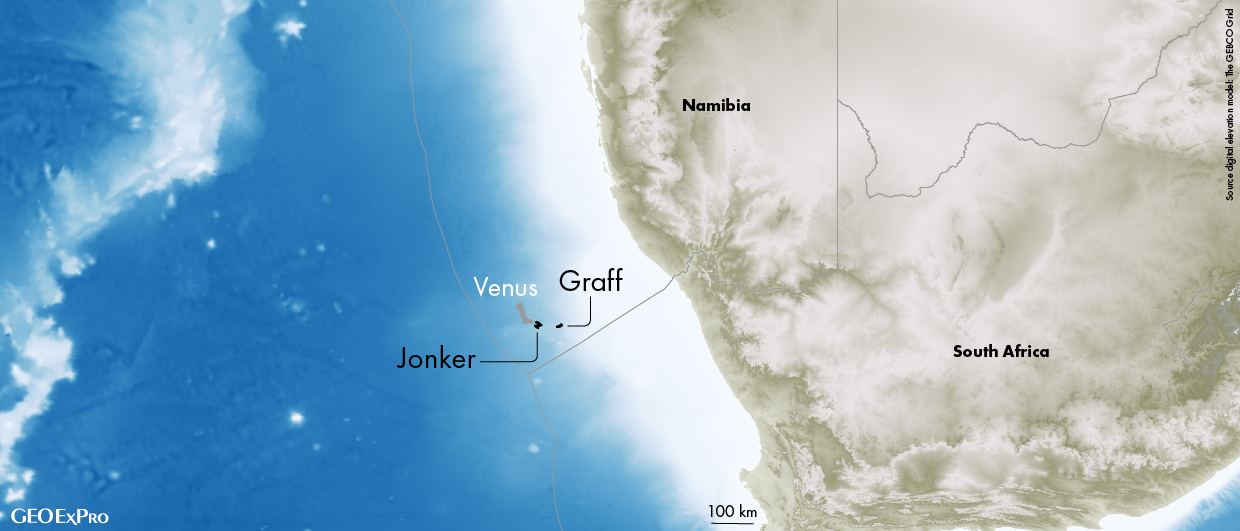Computer-based geophysics interpretation has come a long way since its inception in the 1980s, giving geoscientists better access to the reservoir and improved accuracy in placing a wellbore. Still, there are some in the industry who feel these technologies have moved too far away from geological first principles, to the detriment of the overall well construction programme. In 2006, former AAPG Distinguished Lecturer Cindy Yeilding of BP gave a popular talk entitled “Is the Workstation ‘Killing’ Geology?” 1 This presentation, and a subsequent interview in an industry publication, prompted a great deal of discussion within the petroleum geologist community2.
Yeilding’s basic argument was that, given the allure and speed of modern digital workstations, geoscientists sometimes lose track of the geological basics. This may create a tendency to shortcut tenets they relied on 30 years ago, when structure maps were built with paper, coloured pencils and light tables in large workrooms, rather than with computers. In addition, the digital working environment offered by several software programmes did not support best practices based on the first principles of geology.
These limitations spurred the development of Landmark’s DecisionSpace® Desktop workspace, an enterprise-scalable, collaborative software package for multi-domain asset teams. The software incorporates proprietary “Dynamic Frameworks to Fill” technology, which allows geologists and geophysicists to follow best practices based solidly on the first principles of both structural and stratigraphic interpretation that were missing from most geological algorithms just a few years ago.
Addressing Workstation Limitations
“Yeilding made several valid points in her argument on the limitations of workstations, but the first principles we have embedded into the DecisionSpace Desktop help offer an equally valid counterargument,” says Bill Ross, Manager of Geology for Landmark Software & Services.
The first argument cited was that while digital mapping packages can generate aesthetically pleasing maps, they might not always be geologically valid. “For example, the first computer mapping packages in the 1980s represented a huge step forward in terms of digitising geophysical workflows that had previously been built on paper,” says Ross. “But if you more closely investigated the computer algorithms used, you found that the first principles to interpreting and building a structure map were missing.” For example, the process by which surfaces were integrated with fault patterns and contours was often not executed in a robust fashion, which may have raised the possibility of essentially drilling in the dark.
The new workstation builds workflows that leverage classic geologic concepts and a topology engine that creates multi-surface 3D structural frameworks from well and seismic data. “During structure map building, it is important to accurately integrate the horizon data with the fault systems,” Ross says. “This engine applies robust techniques with respect to the actual construction of those fault/structure relationships, to ensure that they are done properly.” The workstation utilises an advanced topology engine, which was previously available only to reservoir modellers, as part of the mainstream interpretation and mapping system.
Conformance is another classic structure-map-building technique available through the workspace. “This concept, which assumes that formation thicknesses vary slowly, is one that structural geologists have been leveraging for decades to build cross sections,” Ross says. “We have incorporated this principle into our structural mapping tools to ensure that when you build multiple structure maps simultaneously, a consistent thickness is enforced from surface to surface. This allows one to build very consistent and robust structure maps across fault systems and seamlessly incorporate various unconformities, or sequence boundaries, as well.”
Another significant gap in conventional software offerings was the difficulty, or in some cases the impossibility, of making robust stratigraphic interpretations rather than simple structural interpretations. While a great deal of time and effort is spent mapping seismic horizons, the more technically challenging task of capturing observations and interpreting strata between horizons was often neglected by many initial workspace solutions.
The final argument traditionally cited for the negative impact of the workstation on geology centres on the insular work environment it creates. The theory goes that when geologists use a computer – particularly in the current cubicle-based work environment – they have little interaction with their colleagues and tend to stick with a single interpretation, rather than exploring multiple models that honour the data. “The ease and speed with which dynamic frameworks can be created through the DecisionSpace Desktop enables geoscientists to investigate multiple subsurface interpretations, if they wish, without feeling forced to settle for a single model based on time or trouble,” Ross counters. “And, it allows them to quickly share these scenarios with their peers, such that real-time discussion and collaboration follows.”
Need for Speed

“Traditionally, geologists have spent up to 80% of their working time on collecting data, conducting the interpretation and finally, building structure maps,” Ross says. “If you wanted to add a new fault interpretation to your model, then all surfaces encountered by the fault would have to be regridded in the context of that new fault relationship. This could take many hours or days by conventional methods that require hand digitising of fault polygons on a surface-by-surface basis.”
DecisionSpace Desktop automates the creation of fault polygons as the by-product of fault-surface intersections. This permits the geologist to build and update many structural maps in a matter of seconds, not days. Operational geoscientists and asset teams can use these tools and techniques to quickly prepare cross sections and maps for exploration and development drilling. They can carry out reservoir characterisation with fracture mapping, perform rapid volumetric calculations and use dynamic frameworks to update their multi-surface 3D framework with real-time data to assist tricky geosteering workflows.
The real-time data updates from an actively drilling well translate automatically to the real-time updating of all structures. “For example, I can make a change to the shallow surface, which is typically the guiding surface in the conformance relationship, based on the real-time correlations I make while drilling through that surface,” Ross says. “The software will then automatically update all the other surfaces beneath it in a cascading fashion. The deep target map, which is where the reservoir’s sweet spot is located, will update as well, in real time.”
Unconventional Focus
DecisionSpace Desktop is applicable to many types of plays. Deepwater fields, particularly the sub-salt-rich regions in the Gulf of Mexico and offshore Brazil, can capitalise on the software’s 3D seismic visualisation and interpretation tools, which include velocity and depth conversion applications.
However, the software has been specifically targeted to the unconventional shale gas plays of North America over the past 12 months. Landmark is developing a new component to DecisionSpace Desktop that addresses the issue of dynamically updating shale gas wells, while drilling, to ensure that real-time adjustments are made to the well’s drilling direction such that the reservoir’s sweet spot stays in clear focus.
The newest DecisionSpace Desktop development is referred to as “Dynamic Frameworks to Fill”, and is comprised of two components. The first is a framework building tool, that creates multiple structural surfaces and integrates them with new faults and unconformities as they are encountered while drilling.
The second component ‘fills’ in the stratigraphy between the structural layers based on log- and seismic-derived reservoir properties. “This complimentary portion includes a unique tool for modelling facies distributions as a precursor to reservoir property mapping,” Ross says. “We have created ‘wizards’ within the framework that allow geologists to select from up to 40 different depositional models, which can be plugged into the facies modelling algorithms. This allows geologists to essentially ‘paint’ onto their 3D cross sections, to show how the facies are varying throughout the distribution in the project area.”
Technology Gap Filled While
Yeilding felt the workstation-based geophysics interpretation technology was not fully realised in 2006, she was nevertheless optimistic that one day geoscientists would be able to “create, iterate, collaborate, challenge and capture projects in a completely digital framework”.
Ross believes that time has come, thanks in part to the DecisionSpace platform. “Without resorting to arcane, complex modelling software accessible only to a few specialists, operational geologists can now construct robust 3D stratigraphic frameworks, fully integrated with structural frameworks, and based on classic concepts such as sequence stratigraphy, conformance mapping and well established depositional models,” he says. “It is no longer necessary to abandon first principles, shortcut the geology or let seismic data have the last word in reservoir development.”
References:
Yeilding, C., “Is the Workstation ‘Killing’ Geology?” Houston Geological Society Bulletin, May 2005.
Durham, L., “Digits Can Distract From the Rocks,” AAPG Explorer, February 2006.





